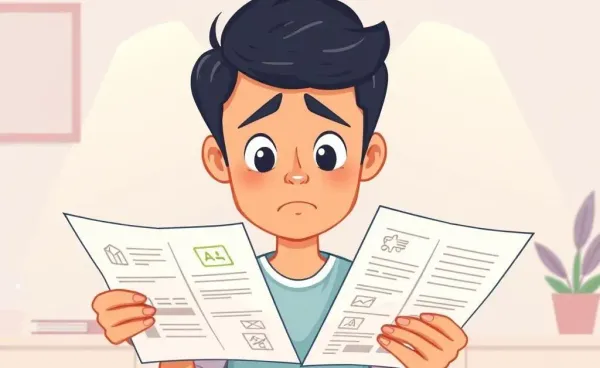Understanding Secured Credit Cards: A Simple Guide
Learn the essentials of secured credit cards and how they can boost your financial health.
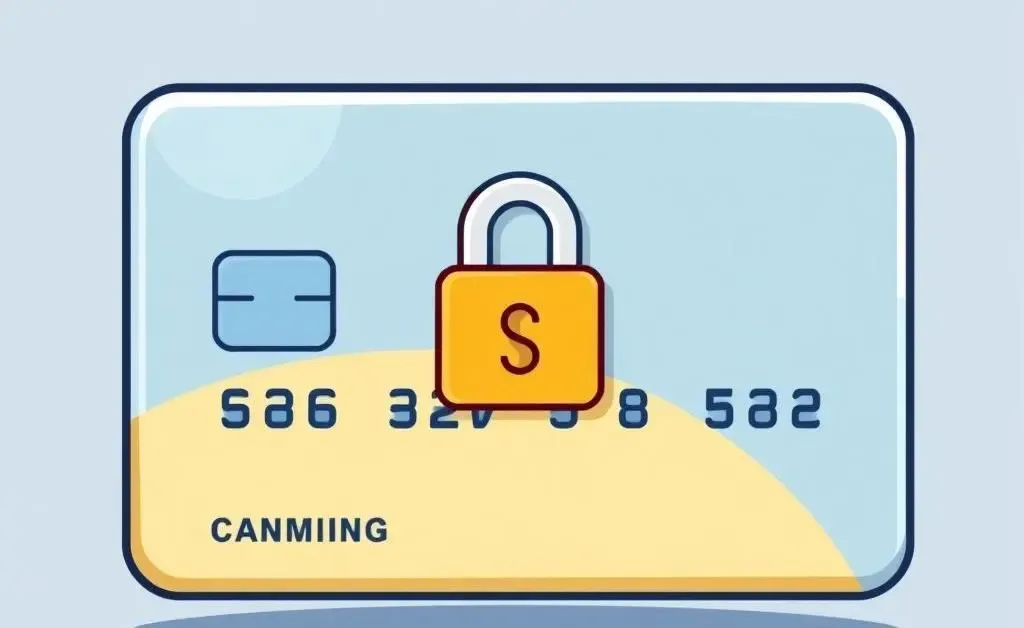
Are Secured Credit Cards Worth It?
Have you ever felt confused about the role of secured credit cards in your financial journey? You're not alone! Many people wonder whether a secured card is the right tool for improving their credit score and managing their finances.
What is a Secured Credit Card?
Secured credit cards are like the training wheels of the credit world. Unlike standard credit cards, secured cards require a cash deposit as collateral, which usually sets your credit limit. This means your spending power is initially tied to what you can afford to deposit. The primary goal? To build or repair your credit score over time.
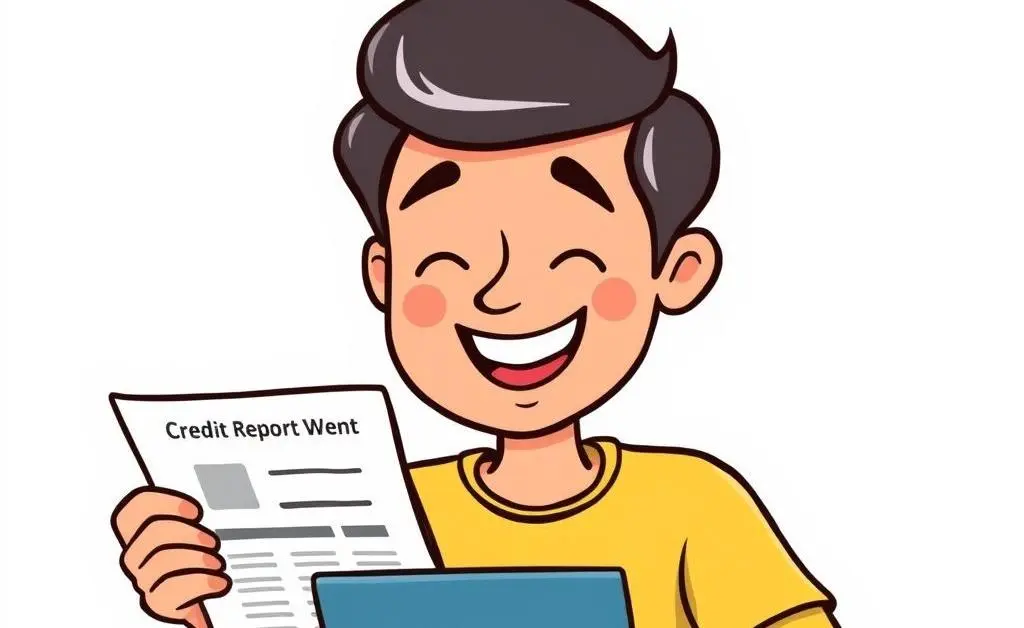
Benefits to Unlocking Financial Health
So, why should you consider getting a secured credit card? Here are a few reasons:
- Credit Building: A secured credit card can help boost your credit score with responsible use, giving you access to unsecured credit cards and loans in the future.
- Improved Spending Habits: It encourages mindful spending habits, as your credit line is linked to an upfront deposit.
- Path to Financial Independence: Demonstrating positive use of credit can signal financial responsibility to lenders.
An old friend of mine started using a secured credit card after a rocky financial patch. Fast forward a year, she saw her credit score climb steadily just by making regular, on-time payments and keeping her credit utilization low. It was like watching a bird finally spreading its wings after a storm.
Are There Any Downsides?
Like any financial tool, secured credit cards have their potential drawbacks. The upfront deposit can be a barrier, especially if you’re just starting out or facing tight finances. Additionally, the interest rates can be higher compared to traditional cards, particularly if you carry a balance.
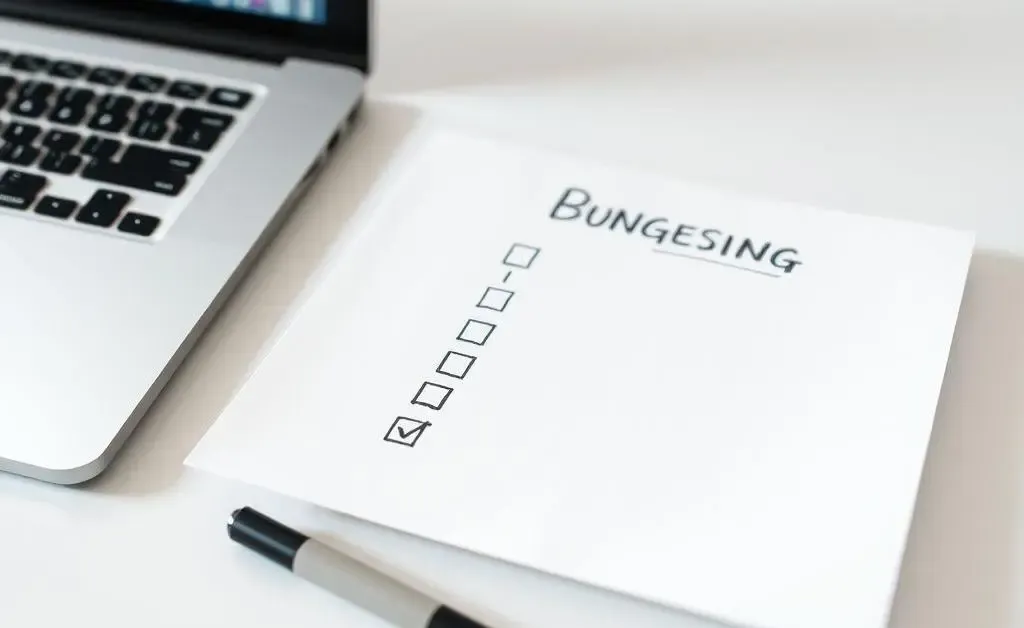
The key is using the card wisely and ensuring it fits into your broader financial plan. Structured budgeting can help you maintain control over your spending and payments.
How to Choose the Right Secured Card
Choosing a secured credit card that aligns with your financial goals is essential. Look out for cards with:
- Low annual fees
- Communities committed to upgrading to unsecured cards
- Reporting to all three major credit bureaus
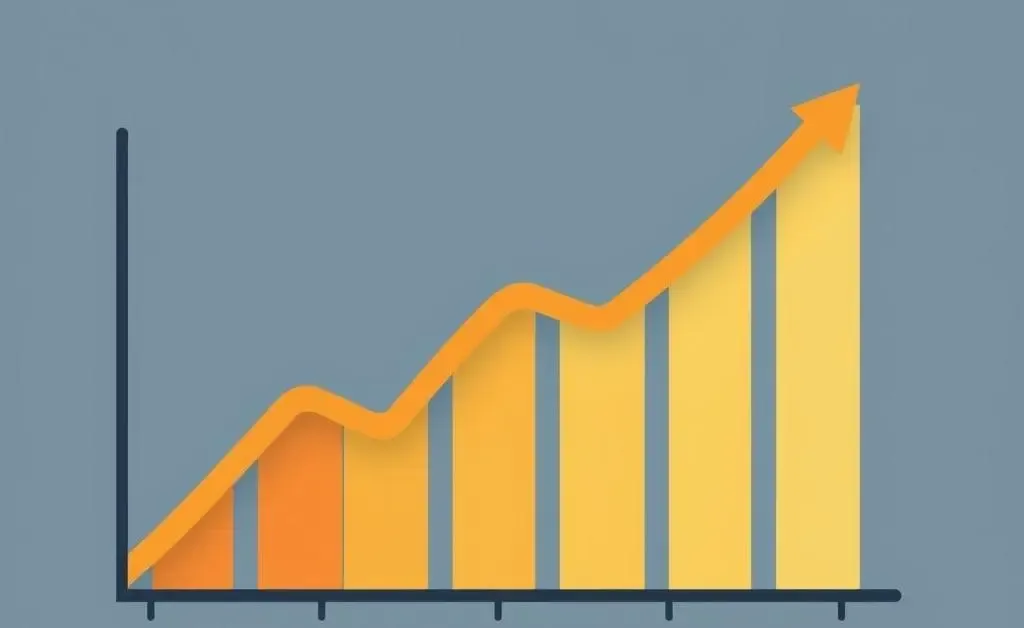
Remember to research and compare the options available. Start by reading reviews, consulting industry reports, or even visiting your local bank. This awareness contributes to making an informed decision that supports your credit journey.
Final Thoughts
Using a secured credit card might feel like adding training wheels to your finances, but those small steps ultimately strengthen your financial literacy and independence. So, what will you decide? Is a secured credit card part of your path to financial health or just another tool along the way?




